Learning Objectives
Our curriculum which offers abundant learning opportunities in the areas of English language and literacy, Chinese language and literacy, speech and drama, gymnastics, STEAM (science, technology, engineering, arts, and math), and gifted education for children. Moreover, the speciality of big central stage at our preschool prepares future leaders by being exposed to the profound experiences in speech, drama, and various kinds performance. Hence, children’s confidence and skills in speech and presentation are nurtured and strengthened since young. Through the speciality of STEAM and leadership programs provided in our preschool, our goals are: (1) Cultivating Children’s engaging minds in curiosity and striving for finding out answers. (2) Nurturing Children’s independent ability to have various life-related skills. (3) Ensuring Children’s acquisition of concept and knowledge. (4) Promoting Children’s thinking abilities and making innovation. (5) Fostering Children’s compassion to other people and the environment.
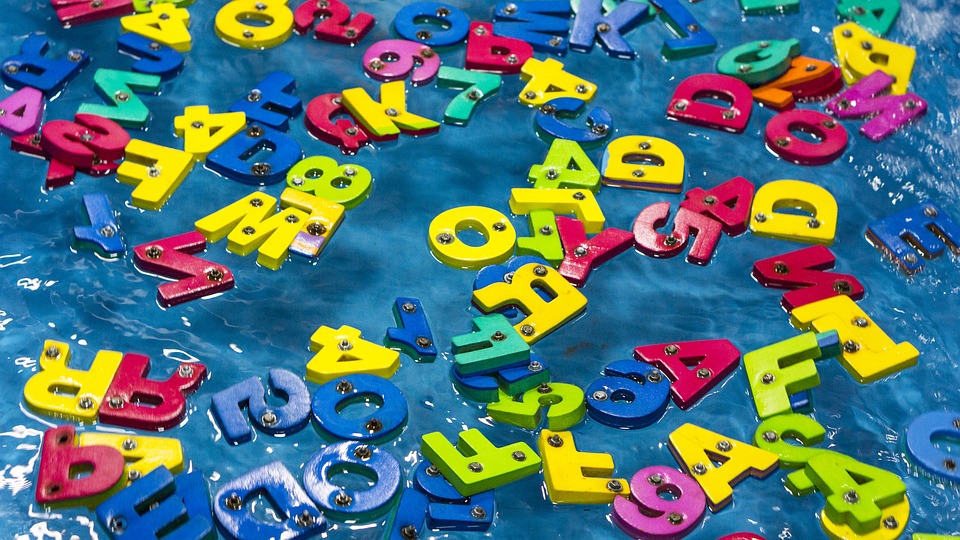
English Language and Literacy
We use an abundant range of quality storybooks, and the reputable Letter Land and Oxford Reading Trees in our program to foster children’s recognition of letters and strong reading skills. Children will learn different skills of speaking, recognition of words, rhythm, flexibility, story-making, and coordination. We will also support children’s writing skills by using multi-modal learning to cater to children’s individual learning styles. In addition to reading and writing, a variety of stage-inspired activities including speaking, performing, presenting information, communicating concepts, and convincing ideas will be conducted to ensure children’s future success and leadership.
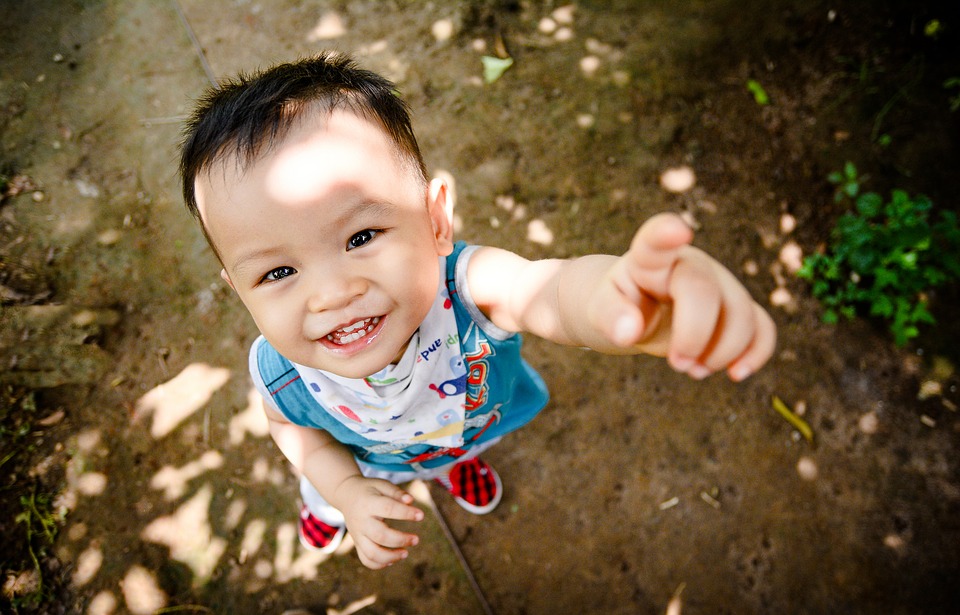
Chinese Language and Literacy
We adopt the most reputable Chinese educational resources including the Hsin-Yi (信谊) children’s books from Taiwan and highly-regarded Chinese children’s literature from China. This series of books and educational resources is livelier and the illustrations are more vivacious, which can inspire children to learn Chinese in an energetic and engaged way. Our Chinese curriculum incorporates the various contents and activities to help the children learn Chinese language, literacy, and culture. Children also learn different skills of speaking, recognition of words, rhythm, flexibility, story-making, and coordination. A variety of stage-inspired activities including speaking and performing will be conducted to ensure the children’s future success and leadership in Chinese in addition to English.
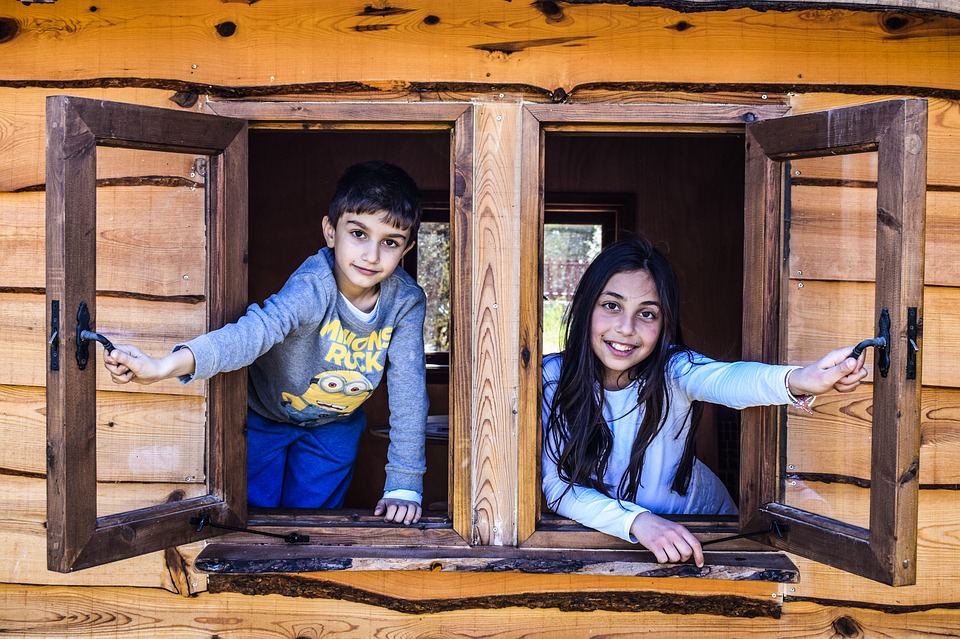
Speech and Drama
This is a theme-based course that uses storybooks, rhymes, songs, discussion and drama activities to encourage enjoyment of communicating in both Chinese and English. The benefits of speech and drama are: • Building self-confidence and promoting communication skills by using oral language, body language and facial expression in drama, songs and storytelling activities. • Enhancing concentration and comprehension abilities through engaging activities that involve the brain to process information and are coordinated with body movement. • Expanding social and emotional skills by understanding others’ views, sharing ideas, listening to others and taking turns. • Promoting creativity by using various presentations skills on the stage.
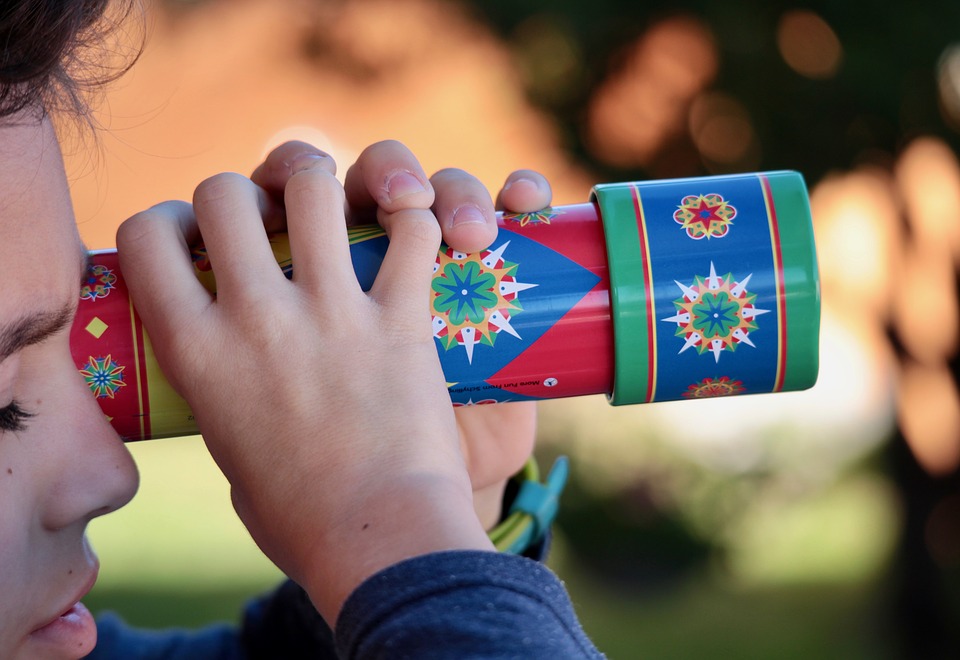
STEM: (Science, Technology, Engineering, & Math)
According to Professor Lilian Katz, a most impactful early childhood professor from the University of Illinois at Urbana-Champaign, two types of learning are most important in the early years. One is academic tasks (such as reading and writing skills), another is intellectual goals and thinking skills (including the abilities to engage in logical thinking, understanding cause-and-effect, and analysingfacts). Longitudinal studies have shown that if a preschool just focuses on academic tasks, it has very short-term effects on children. A preschool which focuses on intellectual goals and thinking skills has long-term benefits. Hence, at Emile, we provide a good balance between cultivating academic tasks and intellectual goals in order to make children successful, not only in the short term but also in the long term.Hence, at Emile, we also cultivate children’s logical, reasoning skills and scientific thinking abilities while acquiring academic tasks in the area of STEM by using Professor Lilian Katz’s project approach. We also adopt the most reputable educational resources including National Geography Kids to solidify this learning process. For math, we have a series of plans for children’s acquisition of numeracy skills, counting skills, geometry, adding and subtraction skills, measurement, and math in life through inquiry-based and hands-on activities.
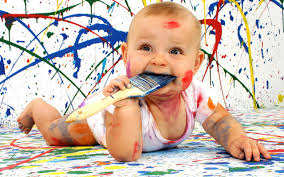
Drawing, Painting, Arts and Crafts
We are inspired by Professor Susan Wright, a renowned professor from the University of Melbourne. Her research shows that arts and storytelling promote children’s visual-spatial imagination and body-kinetic thinking. Hence, we will draw upon the findings from her research to use a holistic expressive art approach to enhance children’s creativity in drawing and art activities. This will include making connection between fantasy and reality, making metaphors, and adding vocal inflection, sound effects and body gestures when presenting their art to optimize the art and the children’s brain development.
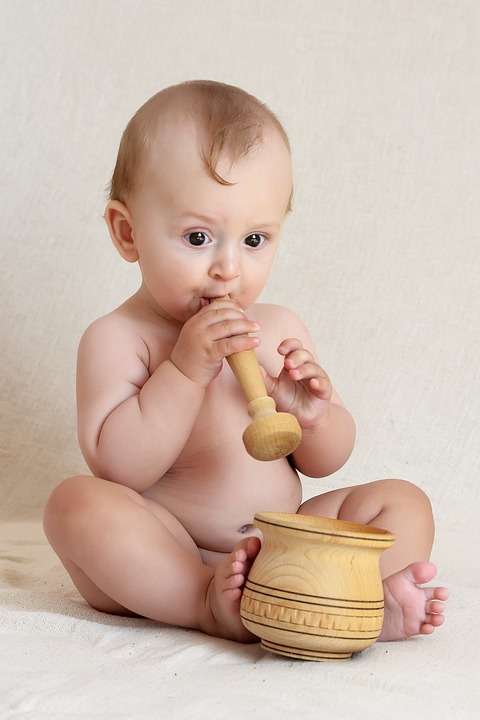
Music and Movement
The concept behind music and movement is not only expressive arts, but also beneficial brain development by using the skills of concentration, following directions, building confidence, creativity and expressing oneself. For music activities, in class, children participate in large movement (dance) and small movement (finger play) activities. These activities will help your children gain bilateral coordination, and promote their spatial awareness. Examples of bilateral coordination include using both sides of the body do the same movement or each side of the body to do different movements. Bilateral movement requires communication between the left and right hemispheres of the brain to communicate and share information. Hence, our music activities will also stimulate children’s brain development. Teachers will design and lead various music and movement activities to help the children: • demonstrate an awareness of a variety of types of music and enjoy various rhymes • develop kinaesthetic patterns and memorize • develop spatial awareness when moving around • enhance body coordination • understand and engage in play with "rules" • enhance peer interaction, communication, and cooperation • respond through movement to music
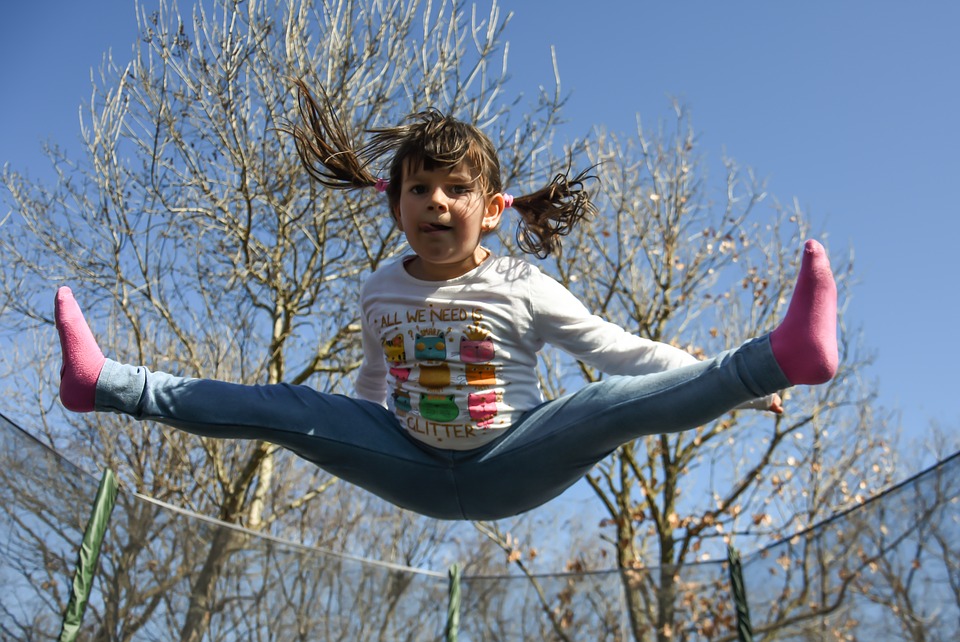
Gymnastics
We will design a variety of gymnastics activities. Through these activities, the children will learn balance, flexibility, coordination, and develop a good sense of accuracy and timing. Children also learn how to listen, follow directions, respect others, and interact with other children and adults.
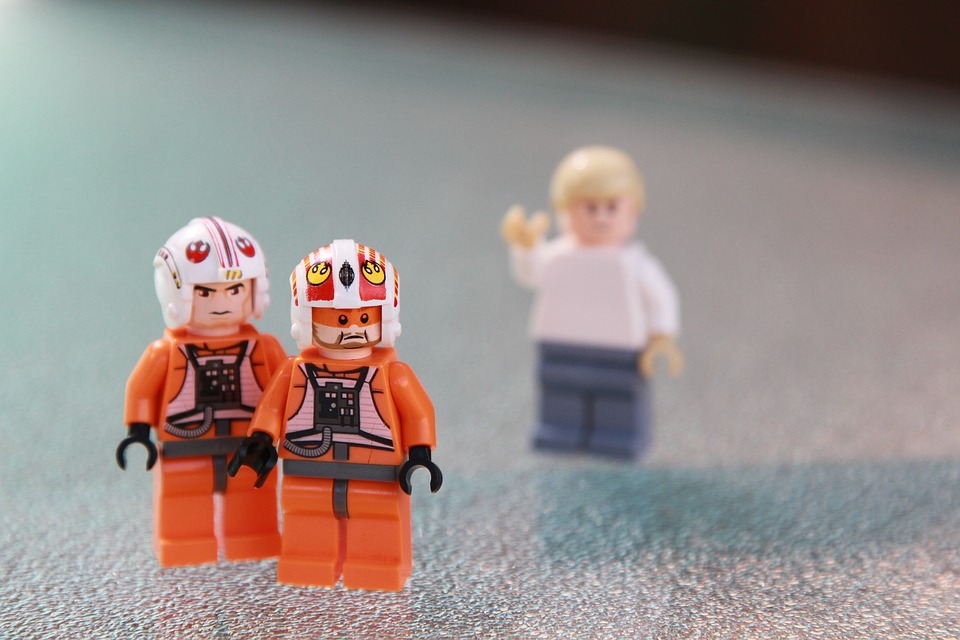
Thematic Activities
We will use a thematic approach during this timeslot. Teachers will organize the learning across six areas (language and literacy, numeracy, movement, science and discovery, social and emotional skills, art expression) under a unified theme. Each developmental and subject area will be integrated together under the banner of a certain topic (such as all about me, weather, animals, habitat, etc.). The topic will then be studied in-depth via various hands-on learning activities designed by the teachers. The content of the themes and thematic activities are determined by the teachers.
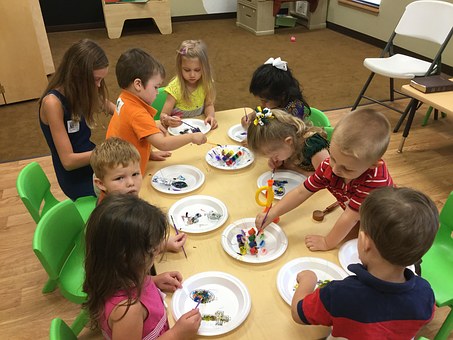
Project Approach
We will engage children’s learning via the project approach. According to Katz (1994, p.1), “a project is an in-depth investigation of a topic worth learning more about. The investigation is usually undertaken by a small group of children within a class, sometimes by a whole class, and occasionally by an individual child. The key feature of a project is that it is a research effort deliberately focused on finding answers to questions about a topic posed either by the children, the teacher, or the teacher working with the children.”
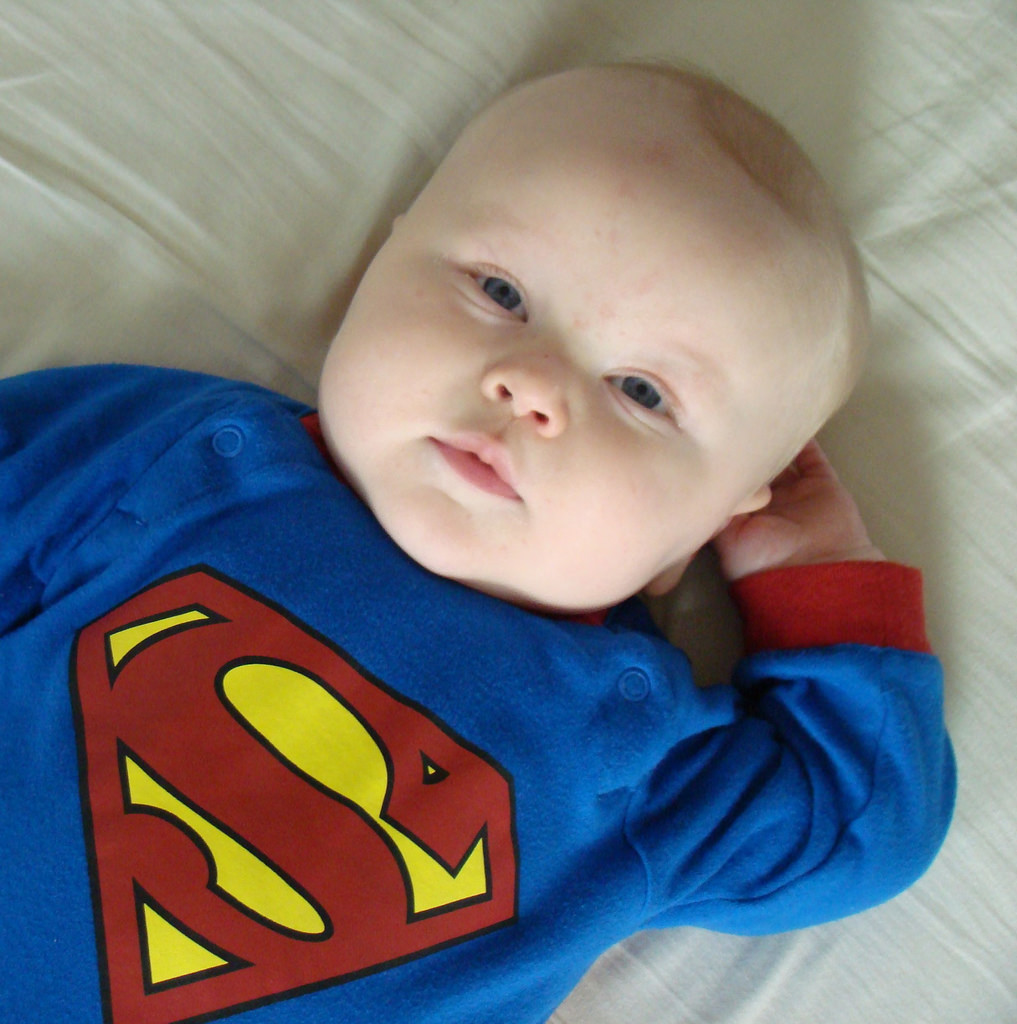
Gifted Education
We provide a special program to cater to gifted kids by adopting mind challenging programs from Germany, the USA, Japan, and gifted mathematics from Taiwan to cater to the young gifted mind seeking challenging tasks.
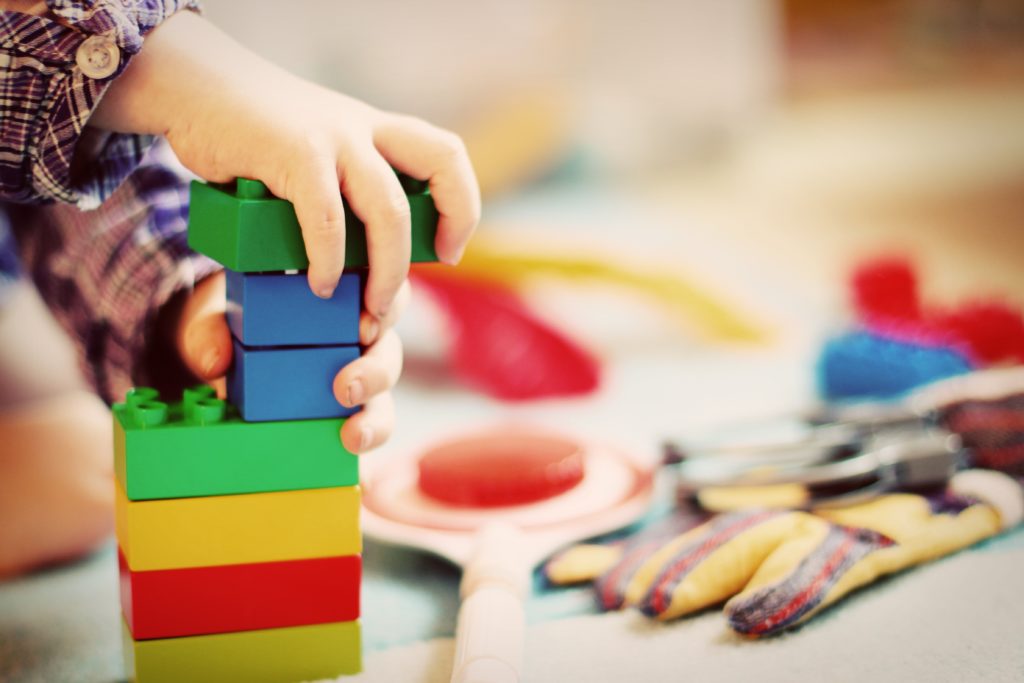
Centres of Choices
Children can choose any learning area or learning material to explore by themselves. The learning areas in the classroom include blocks, a house area for dramatic play, a science area, a music area, a numeracy area, a reading area, and a computer area. The classroom also provides many kinds of games related to math concepts or language concepts which are on the shelves for the children to explore during this time.
Important Dates
Emile Preschool Open House 2018 Session 1
-
January 27, 2018
- 15:00 to 17:00
-
#01-02, 12 New Industrial Road, Singapore, 536202. (Free parking available on the open house day)

